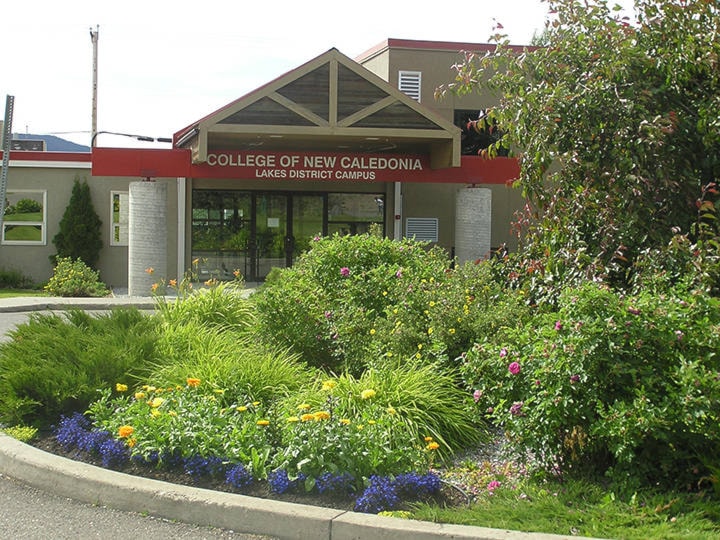The Young Rainbow Warrior’s Society is the partial recipient of a large grant awarded to them from the College of New Caledonia’s Research Forest Society (CNCRFS).
The grant is called the Legacy Fund and targets any projects that focus on environmental management and resource sustainability or preservation, as well as outreach programs that can work toward this.
The award amount was originally $90,000 but was split into two—$45,0000 for each group—to be given to both the Young Rainbow Warriors Society of the Lakes District, and the District of Mackenzie for their project.
“What we proposed is that we already had the support from the community forest, and the Village of Burns Lake. We had already gotten grants from them to develop a permaculture food forest. And that’s not traditional farming,” said Dawn Belcourt, co-founder of Young Rainbow Warriors Society.
“That’s actually going back to traditional practices of utilizing different food groups, and growing different foods on different mounds,” she said.
Mounds are what are used in permaculture growing design, and they are typically filled with compostable materials that will help plants grow better. It’s also known as hügelkultur, which comes from eastern European and German traditions.
In this case, Young Rainbow Warriors Society plans to be environmentally friendly by using old, decaying wood which has turned grey. It’s not usable for much else, so placing it inside large berms, then layering branches and wood chips on top of it, “with only a little bit of soil,” is a way to imitate what nature is already doing, but use it to human advantage, said Belcourt.
And it’s ultimately organic, she added.
“Throughout the years, the mounds are creating soil just like the forest does, and so we are gardening without pesticides, fungicides, and herbicides,” said Belcourt.
“And we are learning how to make a permaculture garden during climate change. We’re learning how to adapt to extreme weather change… like drought and floods. We’re really working with nature, as opposed to trying to dominate it,” she said.
Up until now, most of the Young Rainbow Warrior’s Society work in the Food Forest garden has been working on creating the infrastructure to run the gardening program for youth. Over the past few years, they’ve been working the physical landscape, learning more about permaculture and hügelkultur themselves, and relying on mainly family and friends to help along the way. They’ve grown some things already, but this year they’re ready to go big, said Belcourt.
This summer, they’ll hire 5-10 youth between the ages of 15 and 30 to work in the garden. And those youth will gain on-the-ground training, as well as grow, process and take to market what they grow.
And then next year, the Society will start building a year-round greenhouse, which may lean into the following in terms of its construction.
In the third year from now—because the proposal they submitted to CNCRFS involved a three year plan—they’ll create an art gallery that functions as a business management education centre for aspiring youth, as well a public outreach centre.
Belcourt hopes the project will bring many levels of healing to the young people who participate, including around some of the modern problems.
“The young people just love their devices, and their cell phones…. So that’s another wonderful aspect, is getting them to put down the device, get their hands dirty, and engage in real reality, not just virtual reality. That’s another bonus,” she said.
The Young Rainbow Warriors Society was founded in 2014 by Belcourt and Eugene Brown. To find out more, follow them on their Facebook page. She thanks CNCFRS for the Legacy Fund, as well the Community Forest of Burns Lake, the Village of Burns Lake, and the Office of the Wet’suwet’en Hereditary Chiefs for sharing their traditional territory for her project.
